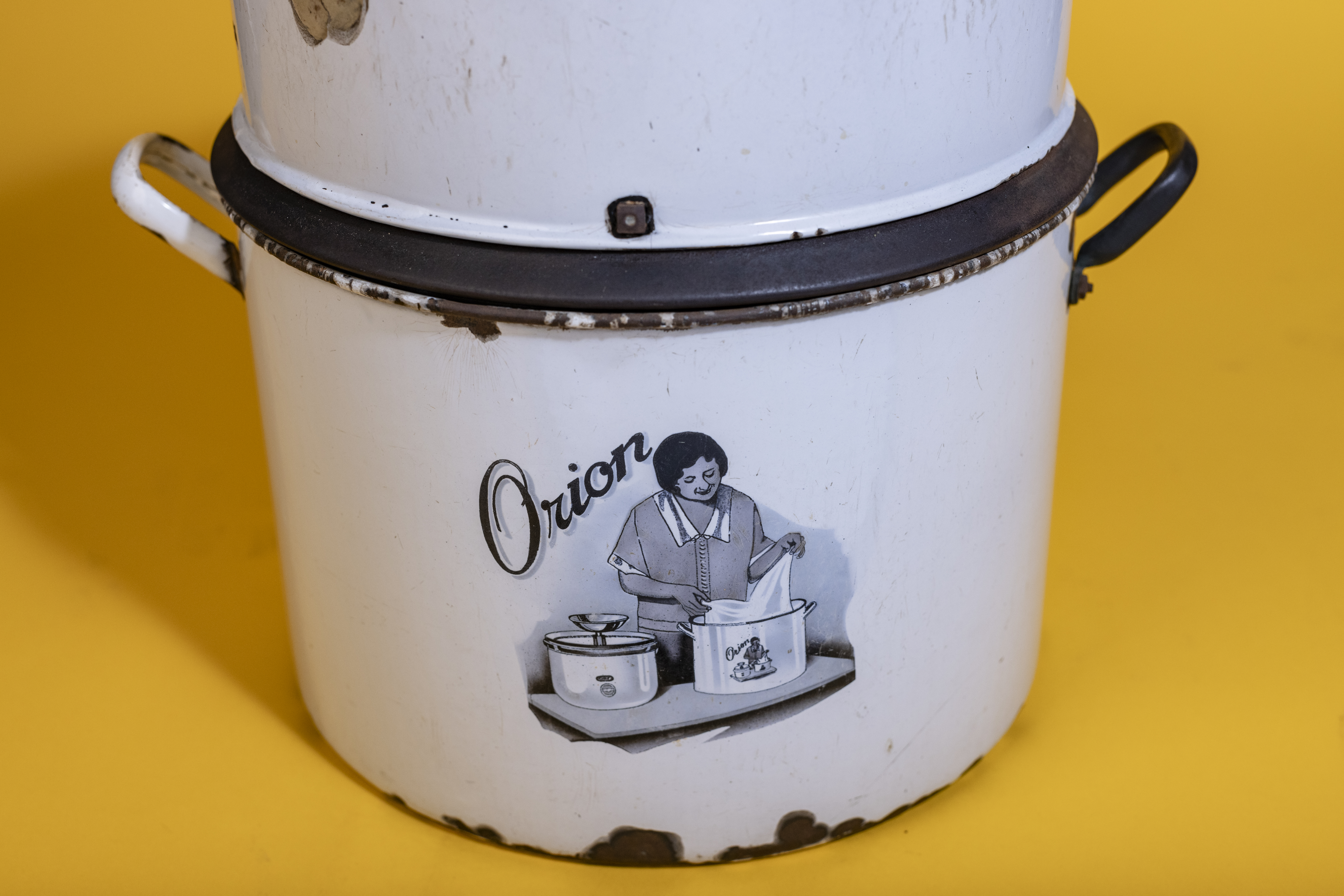From 1880 on, the gas and electric industries were in competition for customers in their homes. This led to a focus on the invention of new and better domestic appliances.
In the competition between gas and electricity, women were both customers buying new technologies and also employed to ‘sell’ the move away from coal and oil. They were employed to write new recipe books (showing how traditional family meals could be adapted and improved through cooking with electricity or gas), and as demonstrators focusing on both the technologies and their benefits for health and hygiene.
One of the claims made for electricity and gas was that new energy forms would save work in the home - ‘Electricity provides the modern housewife with a perfect servant - clean, silent, economical…what used to be the labour of hours is now accomplished almost without effort in a matter of minutes’ (The Electrical Development Association, 1925).
But many devices sold as ‘labour-saving’ were actually developed for the benefit of the electrical supply companies, not women in their homes.
This is explained through the concept of the 'load factor'.
